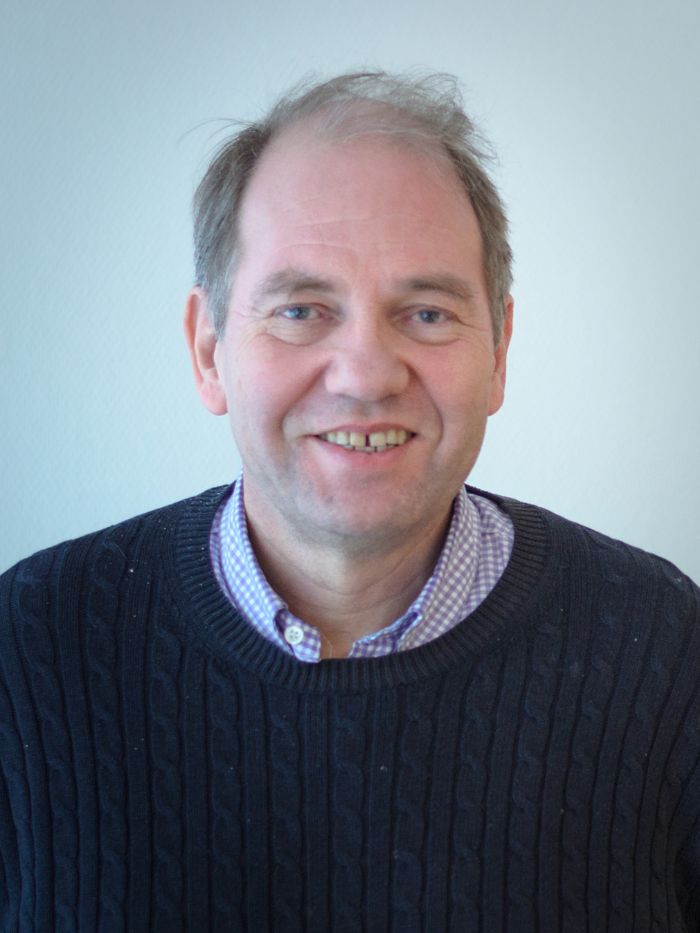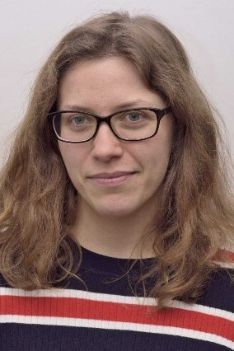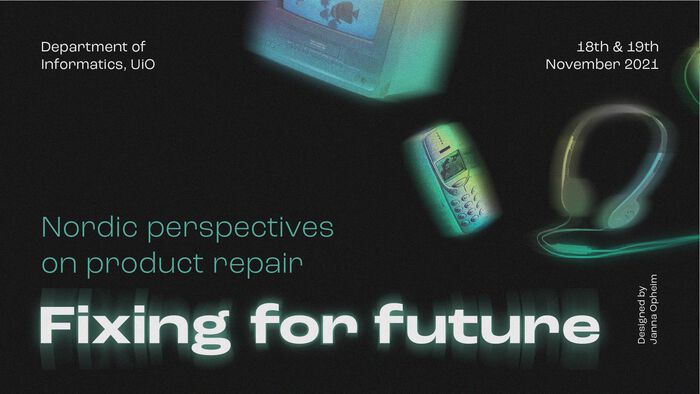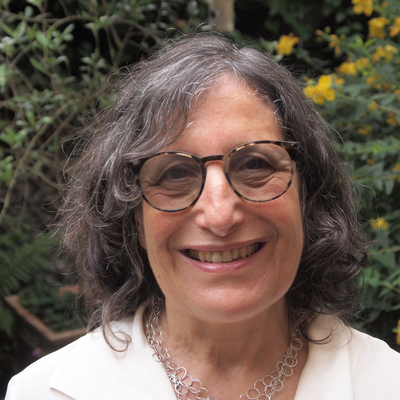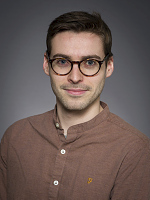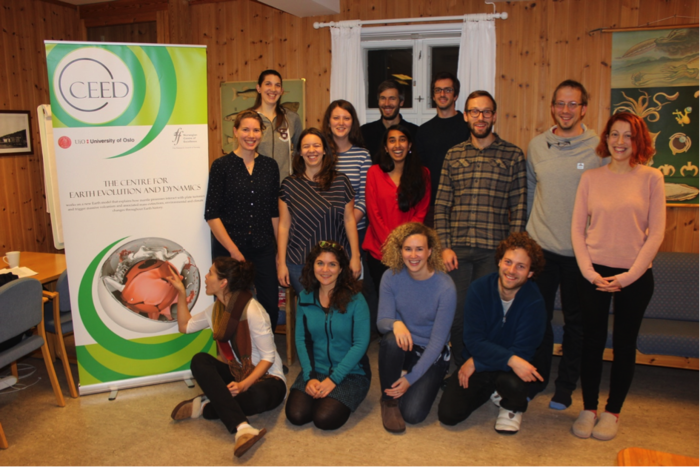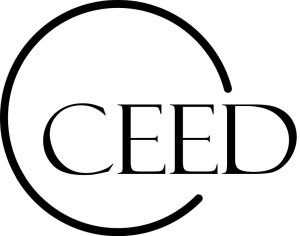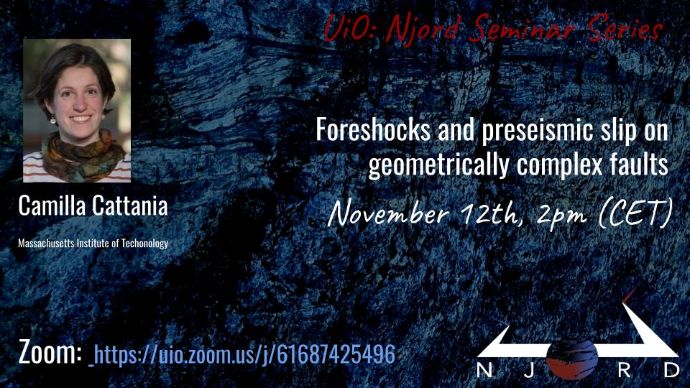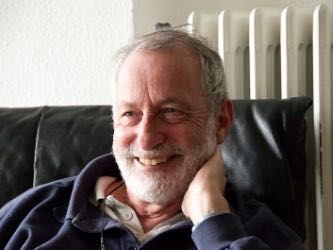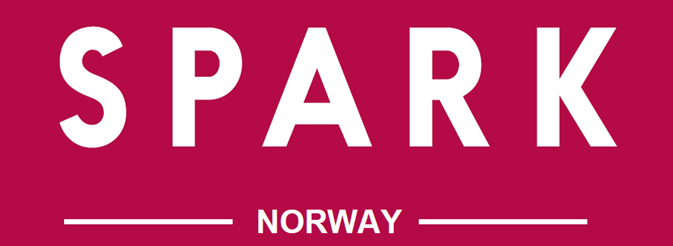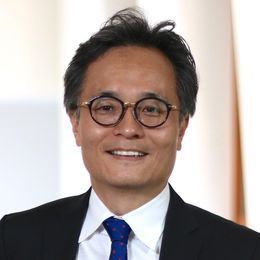Previous events - Page 49
Abstract: Swimming bacteria, growing cell tissues, molecular motors, and microtubule systems confined to a substrate are examples of active matter films that exhibit long-range nematic (orientational) order. Intrinsic activity in these systems builds mechanical stresses that tend to destroy local nematic order through topological defects, which act as sources of persistent active flows. The overall evolution and functionality of biological matter is greatly influenced by these orientational defects. Yet, their formation and dynamics are driven by a complex interplay between topological singularities in the nematic order and active flow instabilities, and this is not completely understood.
Click title to continue reading abstract...
Prof. Per Barth Lilje, Institute of Theoretical Astrophysics, UiO.
by
Friedemann Samrock
From ETH Zurich
Hosted by Maik Neukirch
Msc. Julie Denise Josette Héron at the Department of Chemistry, Faculty of Mathematics and Natural Sciences, is defending the thesis «C-H Activation and CuAAC Reactions with 1,8-Naphthyridine Based Dicopper Complexes from a Computational Perspective» for the degree of Philosophiae Doctor.
Nordic perspectives on product repair
The Information System Seminar Series features, Elaine Unterhalter, Professor of Education and International Development, UCL Institute of Education, University College London, UK
Louison Thorens will defend his thesis Unstable drainage of frictional fluids and magnetic control of the mechanical behavior of confined granular media for the double degree of Philosophiae Doctor at the University of Oslo, Faculty of Mathematics and Natural Sciences and Docteur en Physique de l'Université de Lyon.
For many real-life phenomena one may assume that the units of observation, typically patients, transition through a set of discrete states on their way towards an absorbing state. The states often constitute various stages of a disease, from perfect health through various stages of dementia for example. Multi-state models are a class of statistical models which allow us to study the time spent in different states, the probability of transitioning between states, and the relationship between these quantities and covariates of interest. In many applications the transition times between states are not observed exactly; instead, the current state of the patients is queried at arbitrary times. The transition times are therefore interval censored, and this makes inference and modelling challenging. Most current approaches are based on the Markov assumption, for example the simplest parametric model available - the time-homogeneous Markov model. Here, we propose a new, general framework for parametric inference with interval censored multi-state data. Our models allow non-Markovian behaviour. I will present the framework and an algorithm for the automatic construction of the likelihood function, along with real-data examples. This talk is based on joint work with Marthe Aastveit and Nils Lid Hjort.
Njord Seminar with Camilla Cattania (Massachusetts Institute of Technology): How do earthquakes begin? Numerical and theoretical insights into the nucleation processes of small and large earthquakes
Welcome to our GEOHYD Lunch Seminar Friday 12th of November @ 12:15 in Aud. 2, Geology building or via videolink using Zoom. The seminar is helt by Tor Ole Odden, CCSE, UiO.
Welcome to our GEOHYD Lunch Seminar Friday 12th of November @ 12:15 in Aud. 2, Geology building or via videolink using Zoom. The seminar is helt by Tor Ole Odden, CCSE, UiO.
Abstract: Exchange processes across a porous-medium free-flow interface occur in a wide range of environmental, technical, and bio-mechanical systems. In the course of these processes, flow dynamics in the porous domain and in the free-flow domain exhibit strong coupling, often controlled by mechanisms at the common interfaces. Such processes need to be analyzed on small scales and new scale-bridging modeling concepts need to be developed for an accurate description also on larger scales (REV scale). Recent developments within the Collaborative Research Center "Interface-Driven Multi-Field Processes in Porous Media – Flow, Transport and Deformation" and the Cluster of Excellence SimTech at the University Stuttgart regarding such aspects for coupled free-flow and porous-medium flow systems will be presented in this talk.
This talk is part of the Mechanics Lunch Seminar series. Bring-your-own-lunch and lots of questions.
Abstract: We present a second-order numerical scheme to compute capillary bridges between arbitrary solids by minimizing the total energy of all interfaces. From a theoretical point of view, this approach can be interpreted as the computation of generalized minimal surfaces using a Newton-scheme utilizing the shape Hessian. In particular, we give an explicit representation of the shape Hessian for functionals on shells involving the normal vector without reverting back to a volume formulation. From an algorithmic perspective, we combine a resolved interface via a triangulated surface for the liquid with a level-set description for the constraints stemming from the arbitrary geometry. The actual shape of the capillary bridge is then computed via finite elements provided by the FEniCS environment, minimizing the shape derivative of the total interface energy.
This talk is part of the Mechanics Lunch Seminar series. Bring-your-own-lunch and lots of questions.
Honorary Prof. Jean-Pierre Eckmann, University of Geneva, Switzerland.
To keep up the attention high in stochastics and its applications, we organise 1 day workshop on line. Welcome!
by
Katharine Cashman
From the University of Bristol
Hosted by Henrik Svensen
Title: IPCC-AR6 Chap. 9: Ocean, cryosphere, and sea level change
Speaker: Helene Hewitt, Met Office, UK
SPARK Norway Educational Forum are monthly open meetings organized by UiO:Life Science and SPARK Norway partners.
The Information System Seminar Series features, Youngjin Yoo, the Elizabeth M. and William C. Treuhaft Professor of Entrepreneurship and professor of information systems in the Department of Design & Innovation at the Weatherhead School of Management, Case Western Reserve University, USA
C*-algebra seminar talk by Ole Brevig (University of Oslo)
